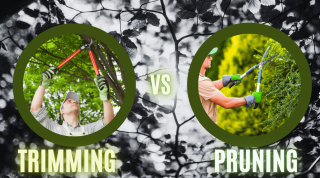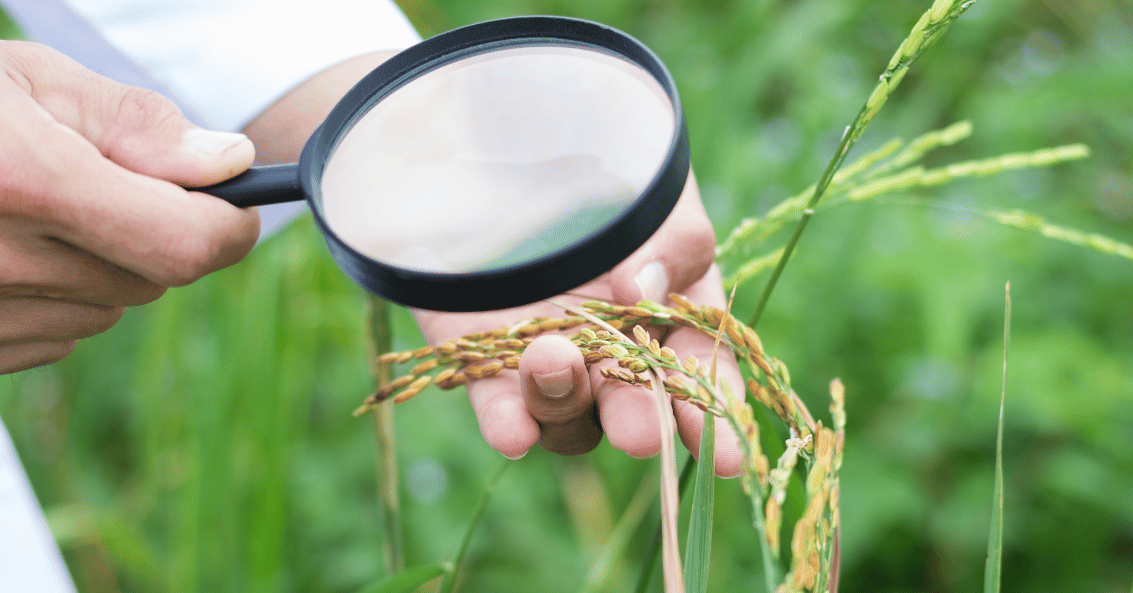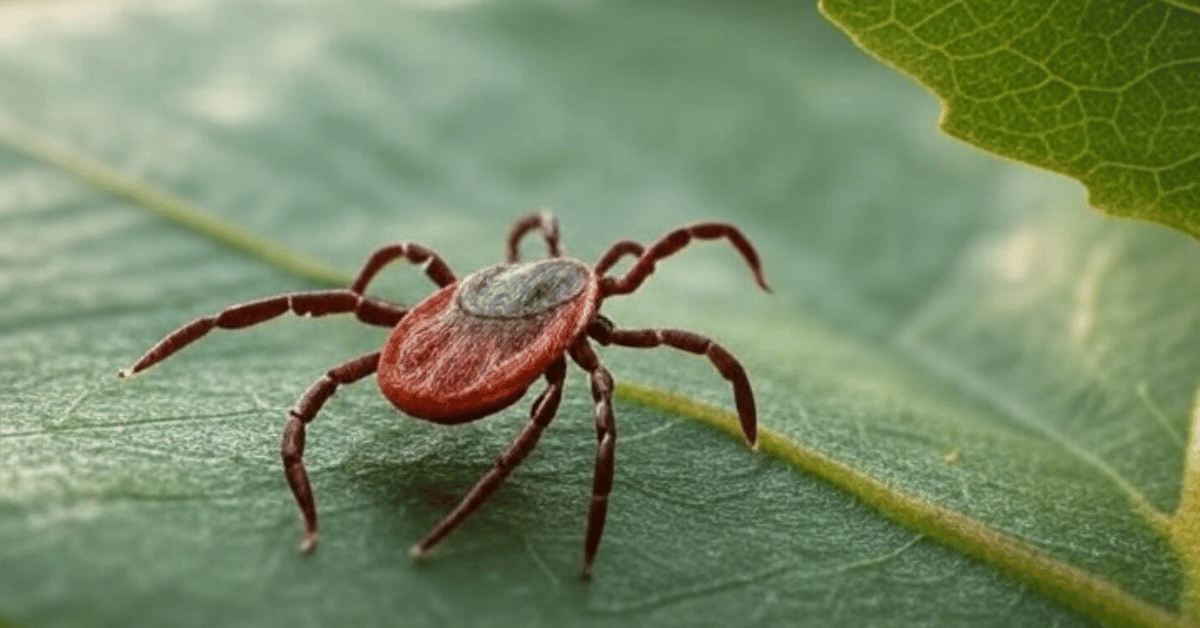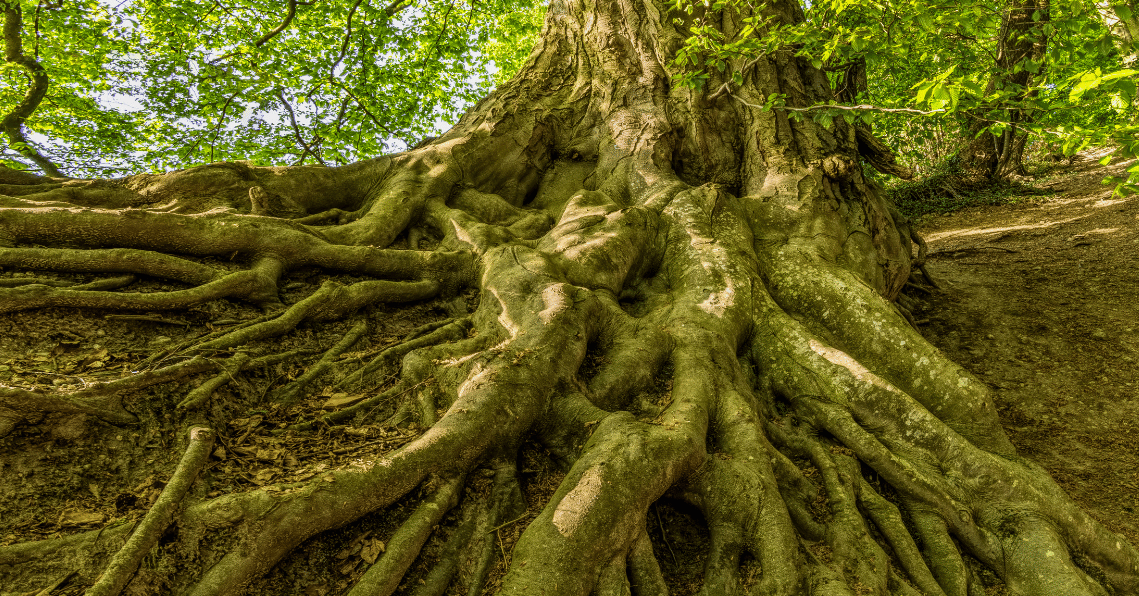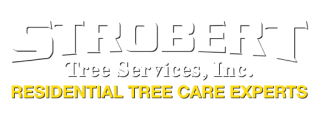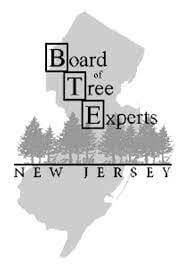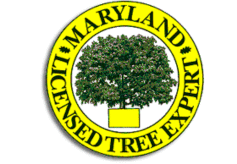Keeping trees and shrubs healthy requires regular care. Two common maintenance practices are pruning and trimming. Many people use these terms interchangeably, but they serve different purposes. In this article, we’ll explain the key differences and why they matter.
Definitions of Pruning and Trimming
Pruning
Pruning is the process of removing dead, diseased, or overgrown branches. It helps improve a tree’s structure and health. Arborists prune trees to encourage strong growth and prevent problems like decay or insect infestations.
Trimming
Trimming focuses on shaping plants for appearance and growth control. It’s often done to shrubs, hedges, and ornamental trees. Trimming helps maintain a neat look and promotes even growth.
Aesthetic Benefits
Pruning and trimming both enhance the beauty of trees and landscapes.
- Pruning removes unwanted branches, improving the tree’s natural shape. It prevents trees from looking overgrown or unbalanced.
- Trimming shapes hedges and shrubs, creating a well-maintained landscape. It prevents plants from becoming too thick or messy.
Well-pruned and trimmed trees add curb appeal. A tidy landscape makes properties look more attractive and valuable.
Health Benefits
Regular pruning and trimming help trees and plants stay strong.
- Pruning removes infected or dying branches before they spread disease. It also improves air circulation, reducing the risk of fungal infections.
- Trimming keeps branches from becoming too dense. Thinning out overgrown areas allows sunlight and nutrients to reach the entire plant.
Both methods encourage healthy growth, preventing trees and shrubs from becoming weak or stressed.
Methods and Techniques
Pruning and trimming require different approaches depending on the tree or shrub’s needs. A professional tree service uses precise tree pruning methods to promote health, safety, and beauty.
Pruning Methods
- Canopy Cleaning – Removes dead or weak branches to prevent disease.
- Canopy Raising – Lifts lower branches for better clearance and visibility.
- Canopy Thinning – Reduces branch density for improved air circulation.
- Crown Raising – Trims lower limbs to create space underneath.
- Crown Thinning – Removes select branches to allow more sunlight.
Pruning requires sharp pruning shears and proper pruning cuts to avoid damage. The right pruning frequency depends on tree type and growth rate.
Trimming Methods
- Shearing – Shapes shrubs and hedges for a clean, uniform look.
- Selective Thinning – Removes branches for a natural, airy shape.
- Directional Trimming – Guides future growth by cutting in specific areas.
Trimming is done with hedge trimmers for speed and precision. Proper tree trimming methods help maintain plant structure without overcutting.
Tools and Equipment
Using the right tools makes pruning and trimming easier and safer.
Common Pruning Tools
- Hand Pruners – For cutting small branches and stems.
- Loppers – For thicker branches up to 2 inches in diameter.
- Pruning Saws – For larger branches that can’t be cut with loppers.
- Pole Pruners – For reaching high branches without a ladder.
Common Trimming Tools
- Hedge Shears – For shaping shrubs and hedges.
- Electric or Gas Hedge Trimmers – For faster, more precise trimming.
Arborists also use safety gear like gloves, goggles, and helmets when working with sharp tools.
Optimal Timing
Timing is crucial for proper tree care. The best time to prune or trim depends on the plant type and its growth cycle.
Best Time for Pruning
- Late Winter to Early Spring – Most trees should be pruned before new growth begins. This helps them heal quickly.
- Summer Pruning – Used to slow growth or remove weak branches.
- Fall Pruning – Usually avoided because cuts heal slower in colder weather.
Best Time for Trimming
- Spring and Summer – Ideal for shaping hedges and shrubs. Plants recover quickly during active growth.
- Late Fall – Some evergreens can be trimmed before winter, but heavy cuts should be avoided.
Proper timing ensures trees and shrubs stay healthy and strong.
Frequently Asked Questions
- Is pruning better than trimming?
It depends on the goal. Pruning is best for plant health and structure. Trimming is better for shaping and appearance.
2. Can I prune or trim trees myself?
Small branches can be pruned or trimmed with basic tools. However, for large or high branches, it’s safer to hire a professional arborist.
3. How often should trees and shrubs be pruned or trimmed?
Trees should be pruned every 2-3 years to maintain health. Shrubs and hedges should be trimmed 1-3 times per year, depending on their growth rate.
4. Will pruning or trimming hurt my tree?
When done correctly, pruning and trimming help trees grow stronger. However, excessive cutting can weaken a plant. That’s why hiring a certified arborist is important.
5. Do different trees require different pruning techniques?
Yes. Fruit trees, shade trees, and ornamental trees all have different pruning needs. Professionals know the best methods for each type.
| Aspect | Pruning | Trimming |
| Definition | Removing dead, diseased, or overgrown branches | Cutting back overgrown or excessive branches for shaping |
| Purpose | Improves tree health, structure, and safety | Maintains appearance and controls growth |
| Best Time | Late winter to early spring | Spring and summer |
| Methods | Deadwood removal, crown thinning, crown reduction, structural pruning | Shearing, selective thinning, directional trimming |
| Common Tools | Hand pruners, loppers, pruning saws, pole pruners | Hedge shears, electric/gas hedge trimmers |
| Health Benefits | Prevents disease spread, promotes strong growth, improves air circulation | Prevents excessive density, allows more sunlight and airflow |
| Aesthetic Benefits | Enhances tree shape and prevents overgrowth | Shapes hedges, keeps landscapes neat |
| Recommended Frequency | Every 2-3 years, depending on tree species | 1-3 times per year, depending on plant type |
Contact Strobert Tree Services
Pruning and trimming are essential for tree health and safety. Strobert Tree Services offers professional pruning, trimming, tree removal, and tree healthcare. Our certified arborists provide expert care tailored to your landscape’s needs.
Call us today to schedule an appointment! Let us help your trees thrive.


